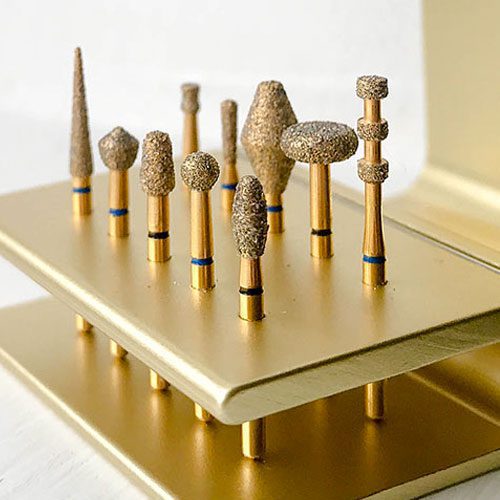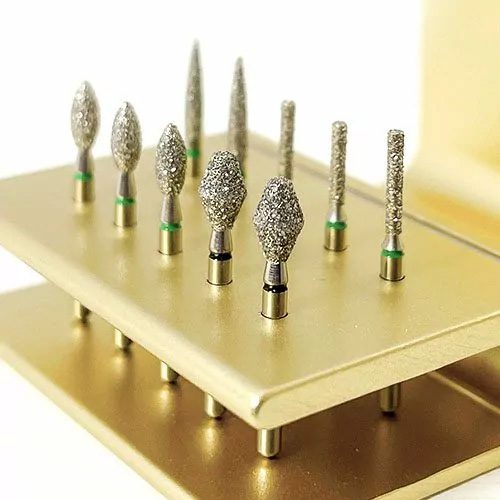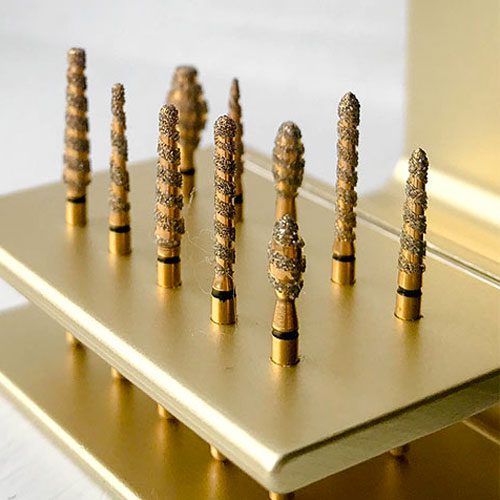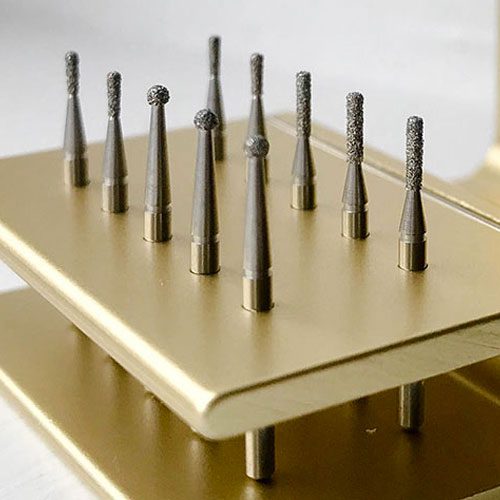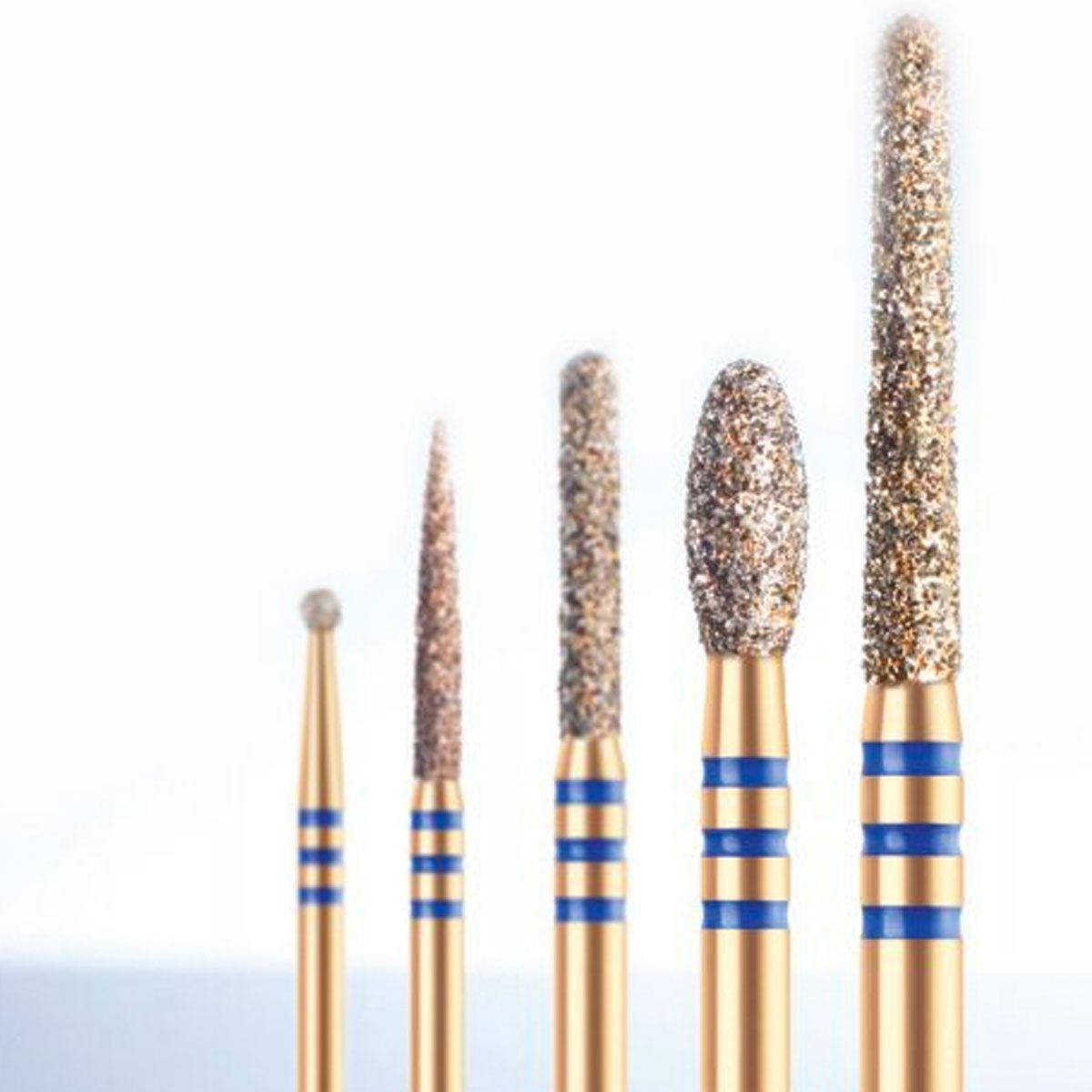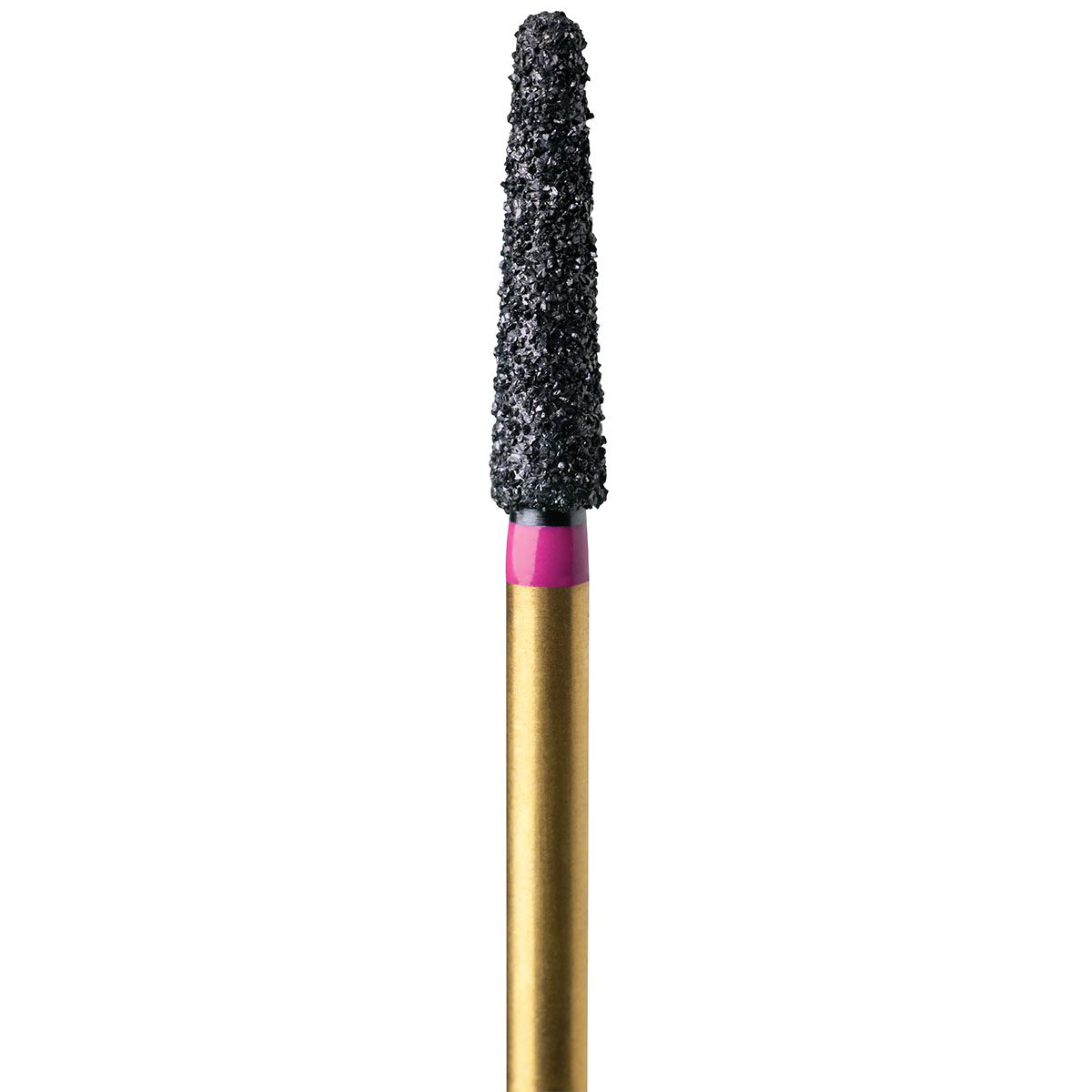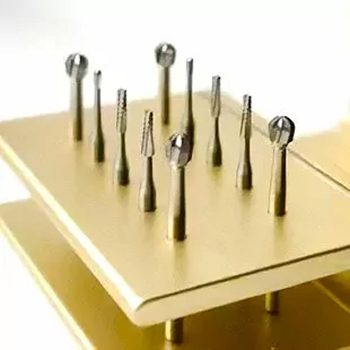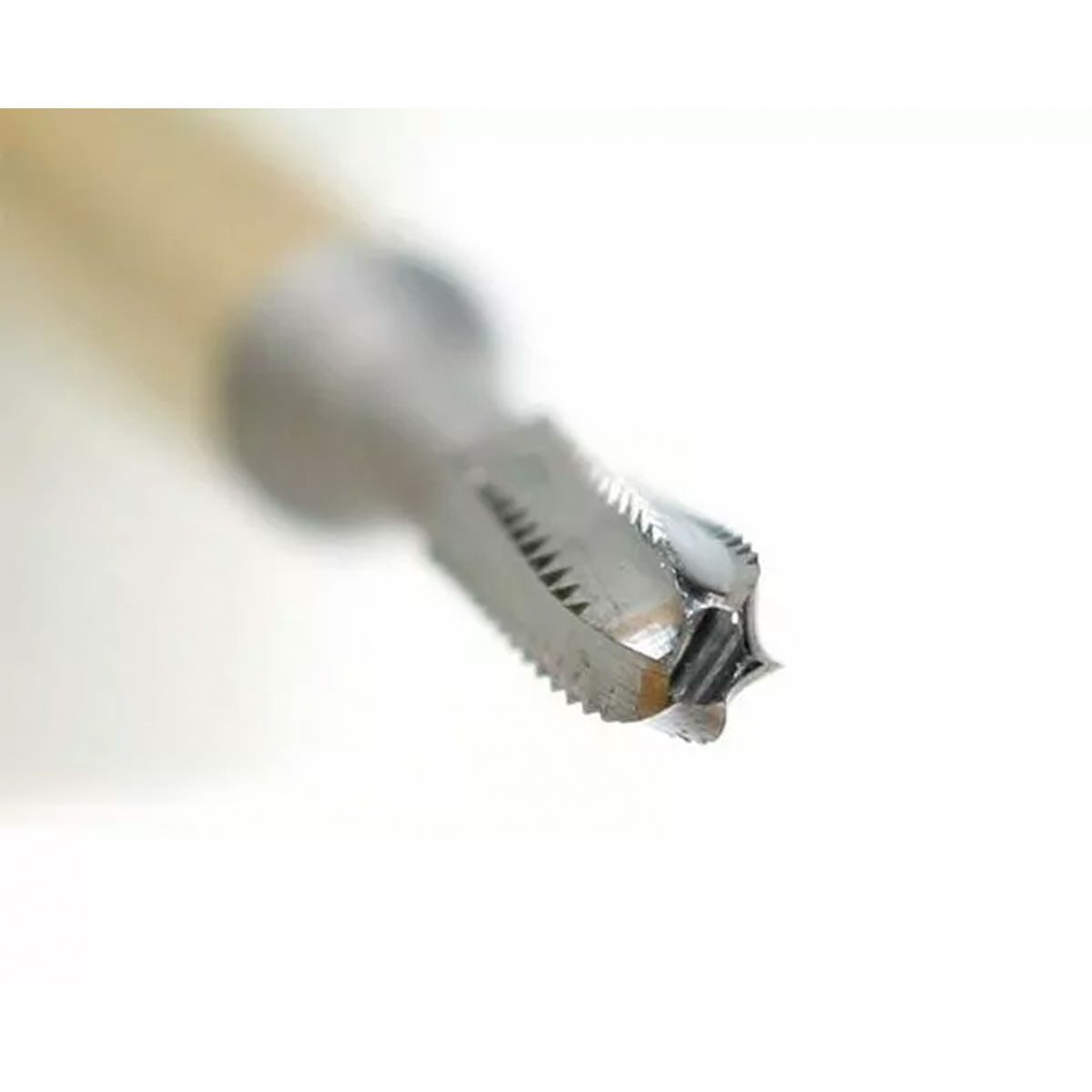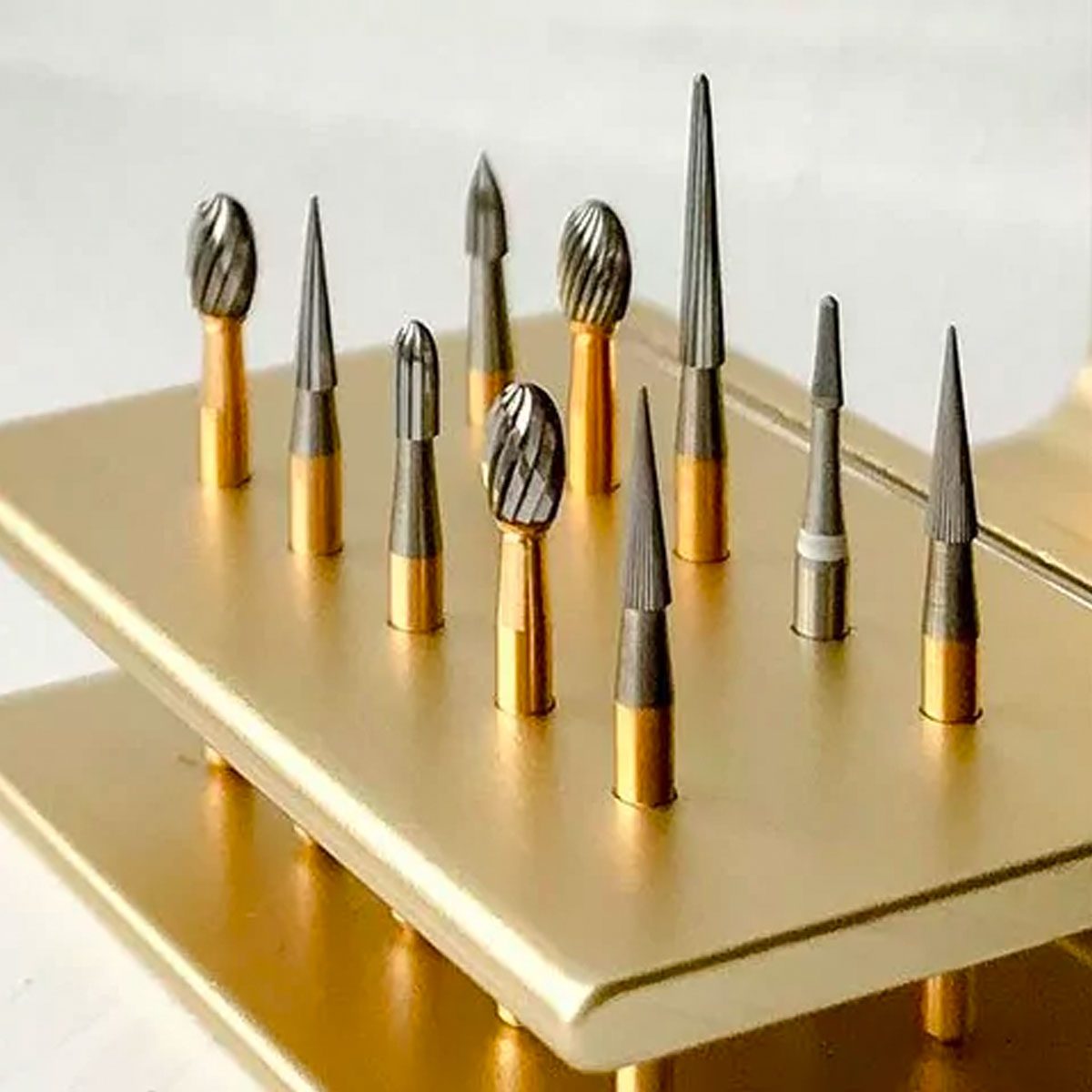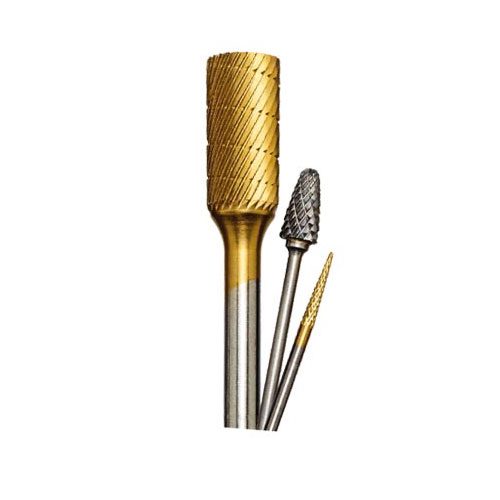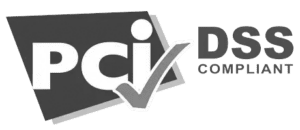Types of Dental Burs and When to Use Them
There are a lot of different types of dental burs on the market, and each one offers specific advantages. Some function better in certain capacities, but making the correct choices is essential for the economic success of your practice.
Prefer a downloadable infographic of this article? Here’s the printable PDF of 5 Types of Dental Burs
1. Diamond burs
Diamond burs grind down tooth structures. They enable faster and smoother cutting and are needed when a cut requires extreme precision. Diamond burs with a finer grit leave a higher polish and are therefore more appropriate for precise work instead of removing large pieces of material.
A note about diamond materials when comparing dental burs: Natural diamonds last longer than man-made diamonds, and will make a higher quality dental bur.
Diatech Gold Dental Diamond burs are coated with natural diamonds in multiple layers. When using Diatech rotary diamond burs, you will notice as you use the instrument that a fresh layer of the diamond surface appears, giving you a longer-lasting instrument.
Diatech’s TurboCut diamond burs, formerly Topspin 2000, utilize a spiral flute that collects water from the aerosol mist and uses it to immediately cool all areas of the preparation site. It also automatically evacuates filling debris from the diamond to avoid clogging. The cooling effect and material evacuation make procedures more comfortable for patients.
Operative diamond burs provide the backbone for enamel cutting and are the optimal companion for cavity and root canal preparation, contouring, shaping, adjusting restorations, and other treatments. The key to their strength is the deep and wide flutes that enable aggressive enamel cutting without sacrificing precision control.
Swiss Tech diamond burs offer the same natural diamond application as our premium line of Gold Diamond Burs crafted from a tungsten shaft (instead of gold) for strength, durability, and affordability.
Use Cases: Cutting through porcelain, and polishing. TurboCut diamonds are especially indicated for crown and box preparations.
2. Carbide burs
Carbide burs cut or chip the tooth surface instead of grinding. Carbide burs leave a smoother surface than diamond burs and they offer less vibration and chatter. Because carbide burs withstand high temperatures, they maintain their edge for much longer than other burs. They are ideal for use on metal-based restorations such as gold, silver, and acrylics although they can be used on a variety of materials. In addition, they withstand chipping or breaking over time.
Use cases: Preparing cavities for fillings, shaping bone, removing old fillings.
What is the Difference Between Carbide Burs and Diamond Burs?
Both carbide and diamond burs have strengths, it’s important to realize their differences so you can easily choose which would be more appropriate for the procedure at hand.
Each of these burs operates differently. With diamond burs, you grind down the tooth, which leaves a rough surface. As a result, you have to polish it later. Carbides, on the other hand, are ideal for cutting or slicing away very small pieces of the tooth. This is because carbide burs have small blades.
Carbides tend to have difficulty with cutting through lithium disilicate or Zirconia dental materials. Since a diamond is one of the hardest materials on earth, they are ideal for tackling any surface that carbide burs can’t handle. Diamond burs are especially good at cutting through enamel and bone. Diamond burs often have difficulty with metals. If you try to use a diamond bur on metals, it may overheat and become dull which is why carbide burs are recommended.
3. Ceramic burs
Ceramic burs don’t conduct heat like other types of dental burs do. This makes it easier to maintain the integrity of acrylic and thermoplastic pieces that are being adjusted. Cooler cutting reduces the risks of burns to the doctor when changing burs and to the patient.
Use ceramic burs: Adjusting acrylic pieces.
4. Steel burs
High-speed steel burs offer abrasion resistance and good edge retention when combined with wear-resistant carbides. They’re also lower maintenance and very flexible. However, these burs tend to chip and dull more easily than other dental burs.
Use steel burs for removing dentin and cavity preparation.
5. Zirconia-cutting burs
More and more doctors choose zirconia as a dental material for higher performance. Its strength makes it a perfect choice for crowns and bridges.
However, the strength and durability of Zirconia present special challenges when an adjustment needs to be made. A specialized cutting bur made for cutting and trimming Zirconia offers both durability and efficiency.
Coltene created Diatech Z-Rex Zirconia cutting diamond burs with revolutionary ERA bonding to shorten procedure times to see more patients per hour, resulting in greater profitability.
Use Z-Rex Burs for adjusting trepans or removing ceramic restorations.
6. Cross-cut burs
Cross-cut burs streamline and increase cutting efficiency. With reduced chatter, they also resist friction and clogging. Veterinarians find cross-cut burs to be the ideal instrument to remove tooth roots and section teeth in cats. These dental burs are particularly useful during extractions on small cats, and ideal for mesial and distal bone removal for all cats.
Use Case: Crown removal, improving retention in composite preparations, extractions.
Prefer a downloadable infographic of this article? Here’s the printable PDF of 5 Types of Dental Burs

